To understand the genius of Elon Musk, Thomas Edison, and Mark Zuckerberg, just look at their desks
Desks have long been the home of the mind: an intimate space where you figure out what you think. Desk spaces have changed through the years to accommodate different styles and types of work, and the recent trend toward co-working also represents a change in the nature of the workplace. You can now rent workspaces around the world with funky furniture, pool tables, rock-climbing walls, and free wine. In London, people even rent chairs at their dining-room table by the hour—an attractive alternative to those living in small apartments who are tired of working in coffeehouses.
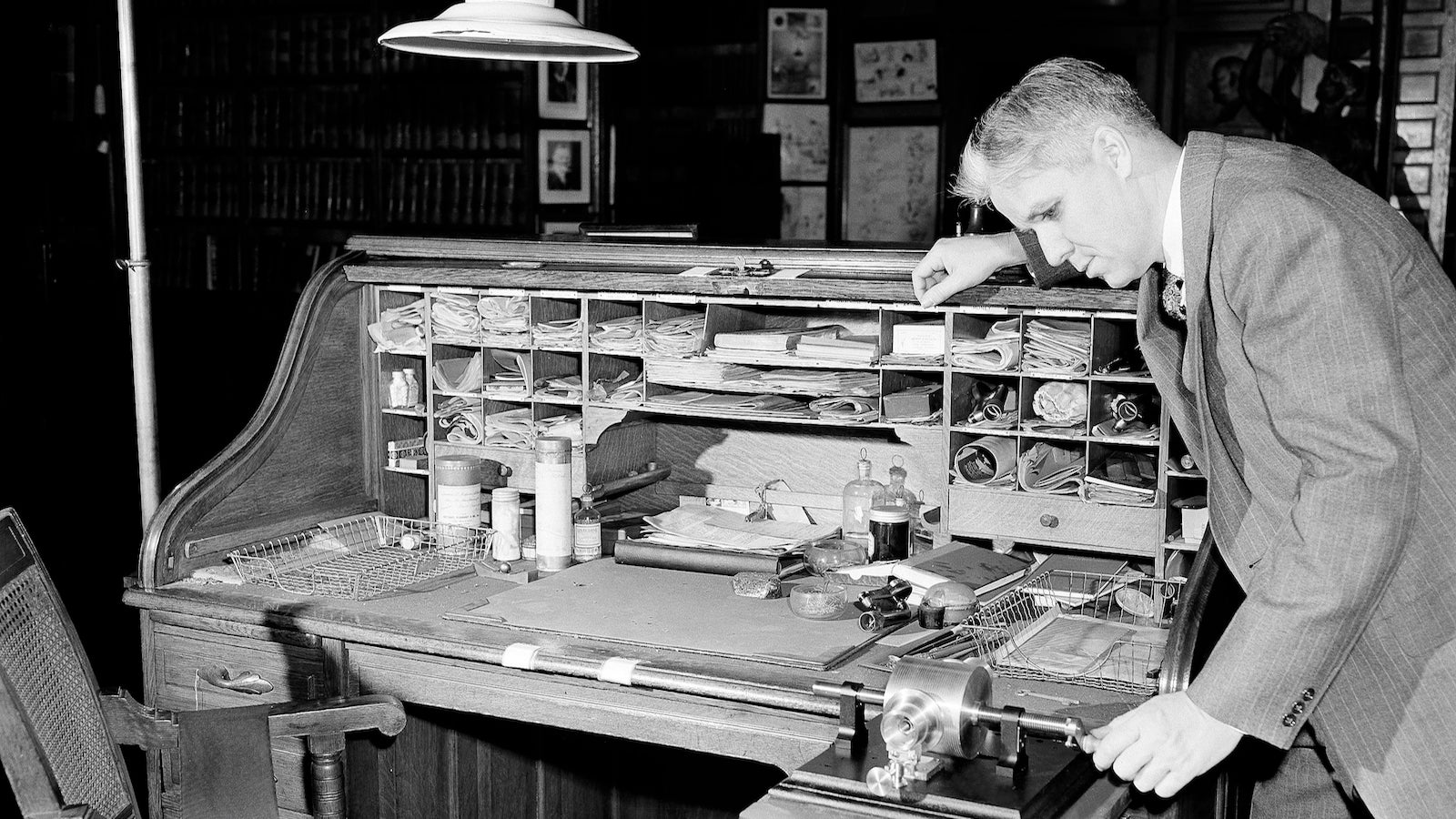

Desks have long been the home of the mind: an intimate space where you figure out what you think. Desk spaces have changed through the years to accommodate different styles and types of work, and the recent trend toward co-working also represents a change in the nature of the workplace. You can now rent workspaces around the world with funky furniture, pool tables, rock-climbing walls, and free wine. In London, people even rent chairs at their dining-room table by the hour—an attractive alternative to those living in small apartments who are tired of working in coffeehouses.
While these modern office configurations may seem novel, there are plenty of examples of important pioneers and thought leaders who embraced unusual workspace arrangements.
Elon Musk’s desk
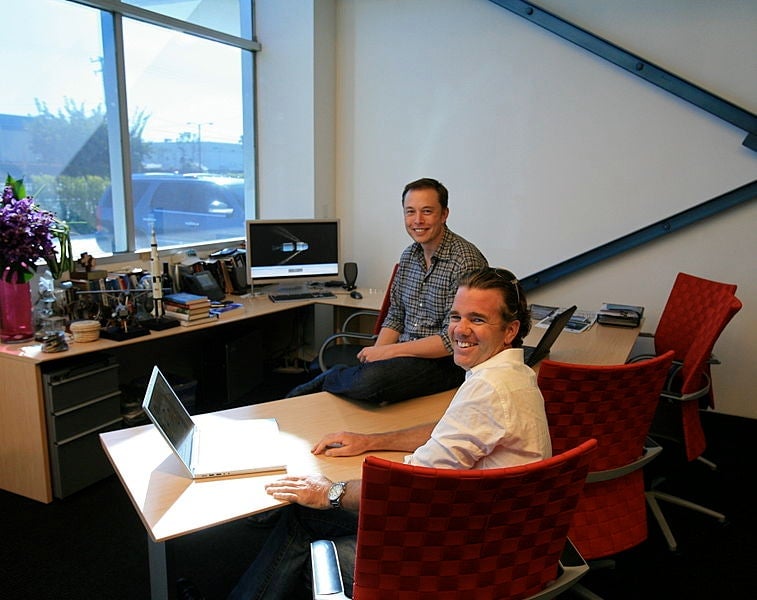
When the Tesla Model X was in production, Elon Musk chose to move his desk to the end of the production line—right next to his sleeping bag—where he spent hundreds of hours a week. Interestingly enough, Musk’s desk at SpaceX is fairly normal looking, albeit a bit sparse. Instead of cluttering his desk with memorabilia of the past, his mind is focused on the future.
Thomas Jefferson’s desk
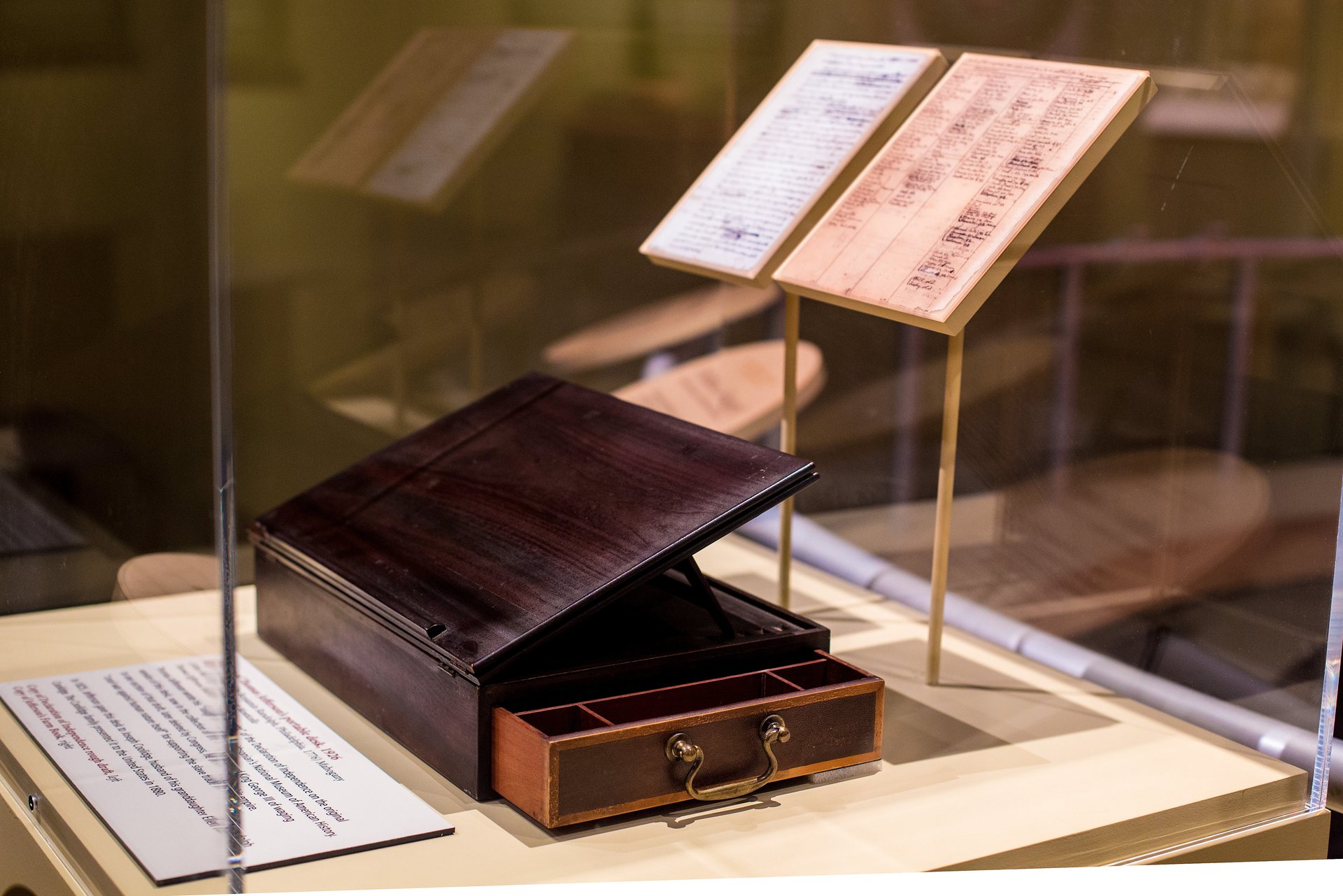
We might imagine American founding father Thomas Jefferson toiling away at a giant wood-carved desk, nested in an office. But some of his most important work was actually done on a DIY desk. Jefferson designed a portable lap-desk to write on during trips from Virginia to Philadelphia; it had a slanted surface that sat atop a locked drawer for pens and ink. Jefferson penned drafts of the US Declaration of Independence on this mobile desk. He called the Declaration “an expression of the American mind”—and perhaps the same can be said of our modern desks, mobile and adaptable.
Mark Zuckerberg’s desk
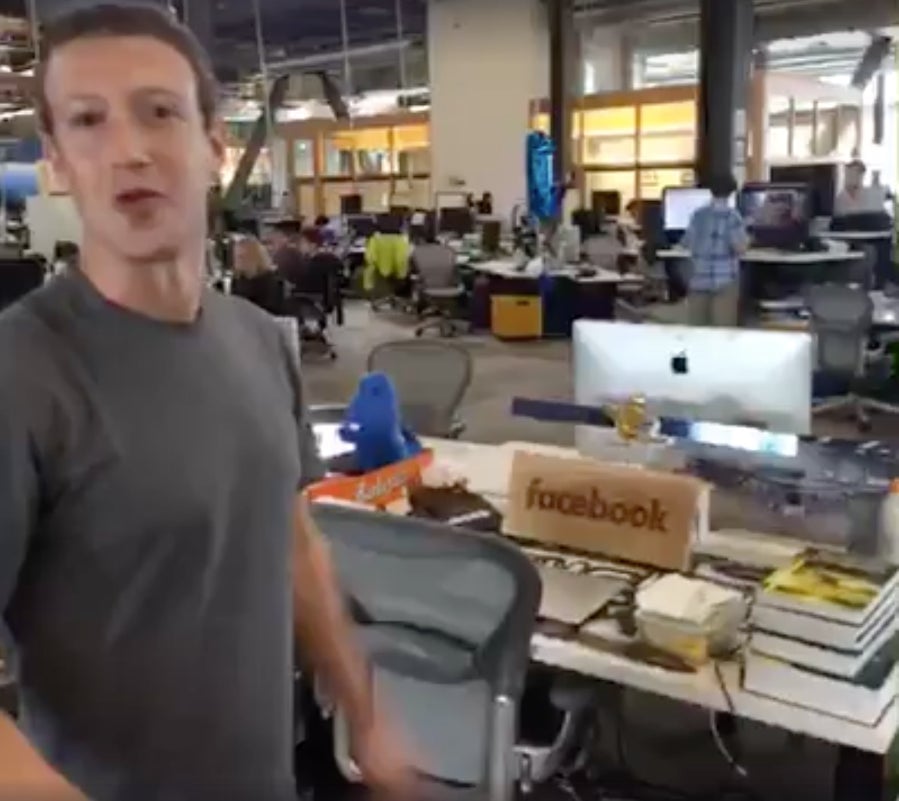
Sitting in the middle of Facebook’s cavernous offices without walls to pen out coworkers, Mark Zuckerberg’s desk is as open to exchange as friends on Facebook. His simple desk features graffiti surfaces and can often be found littered with fast food and Gatorade. Zuckerberg’s desk encourages co-working within an open exchange of ideas.
Thomas Edison’s desk
Thomas Edison’s desk was full of cubbyholes—a holding place for the stream of ideas in his mind for future inventions and current business. From the vantage point of his desk, he managed 30 companies in Thomas A. Edison Industries, ran 30 teams researching new technologies, and sat in a three-story atrium with thousands of volumes of technical books and patents. The phonograph, incandescent light bulb, electrographic vote recorder, cement kiln, and a type of motion picture were parts of his 1,000 patents. The stir of papers and projects around him were a reflection of the ever-expanding questions in his mind.
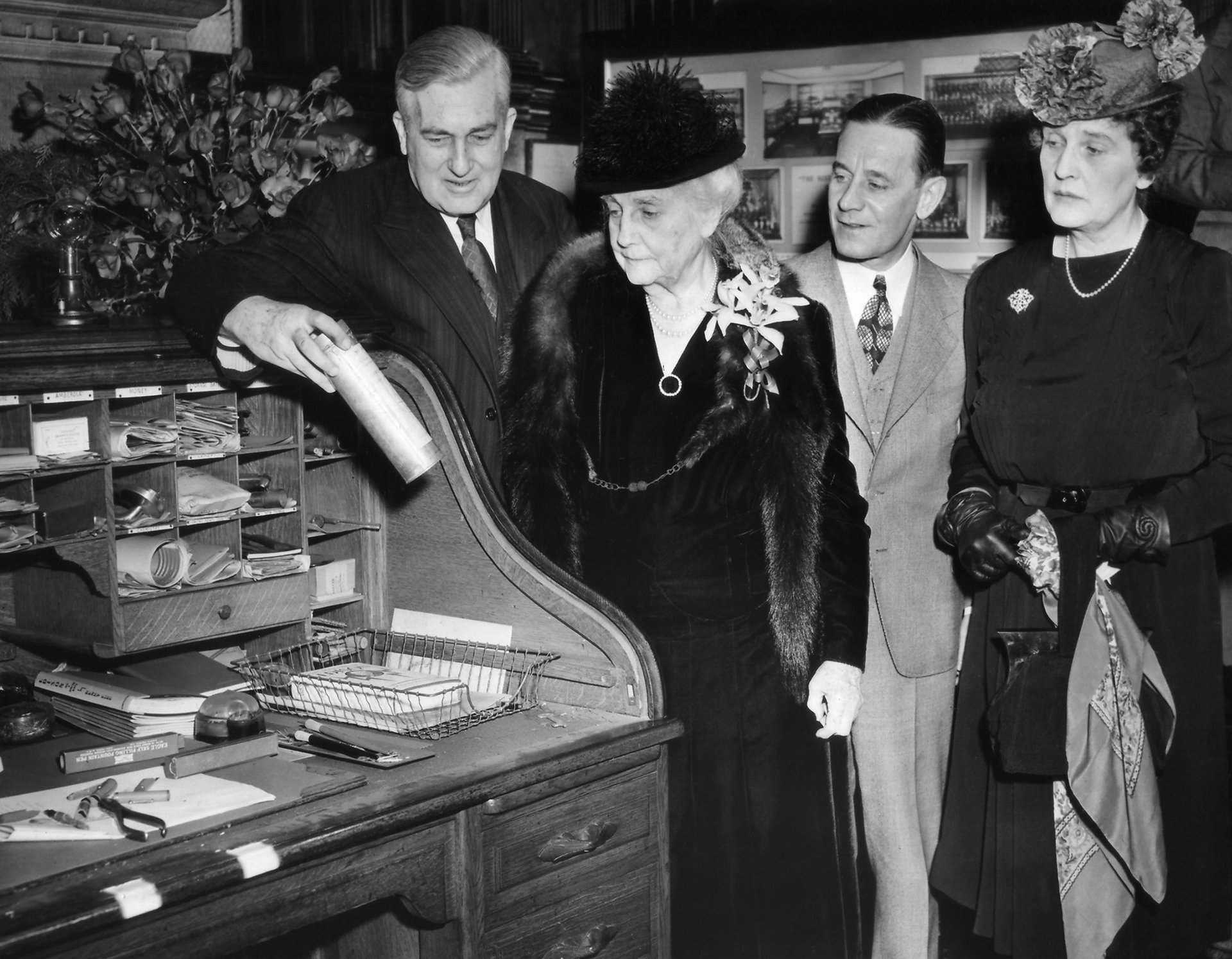
Edison’s inventions influence how we light, vote, and record sound and motion—all things as fantastical in their times as virtual reality is to today. And what’s to say that the desk of the future won’t be virtual?
The Oculus Rift headset, for example, boasts a virtual desktop. Pages and archives float in a 360-degree field, against a backdrop of your choosing—cosmic nebulae, dungeons, or your own home. You can turn the floating screens moving your hands in the air. Your body can lean in or zoom out, magnifying a detail or telescoping out. Lie down and the screens are still in your visual horizon, leaving you able to watch a movie, play a game, or work.
Although we may feel far away from our forbearers, who worked completely without the aid of computers or collaborative technology, the need for a space to think remains the same. When we sit at our desks, wherever they may be, we figure out what is in our minds.
That’s because desks are the portals where ideas birth into writing, invention, art or action. Ideas reverberate at different speeds in each era, but each once came from a desk; a unique place where abstract thoughts concretize into communication. Whether it’s a physical flat surface or experienced through a headset, the desk will forever be the locus of the ideas of the future.